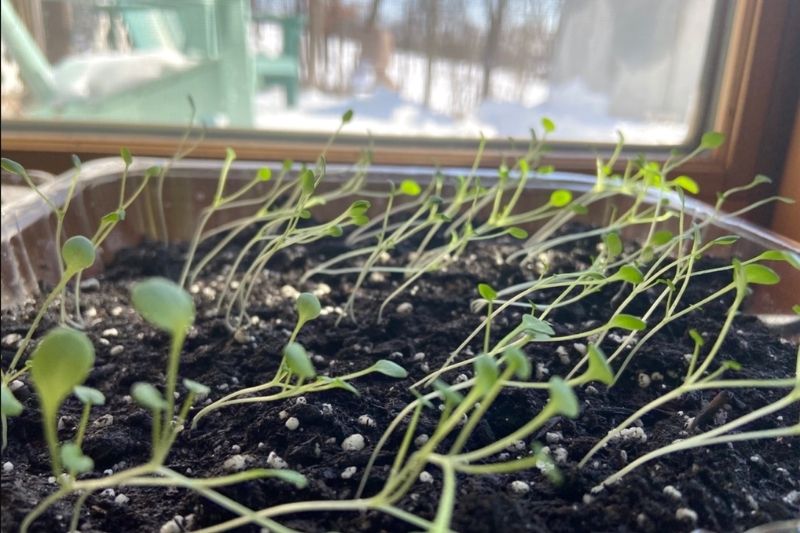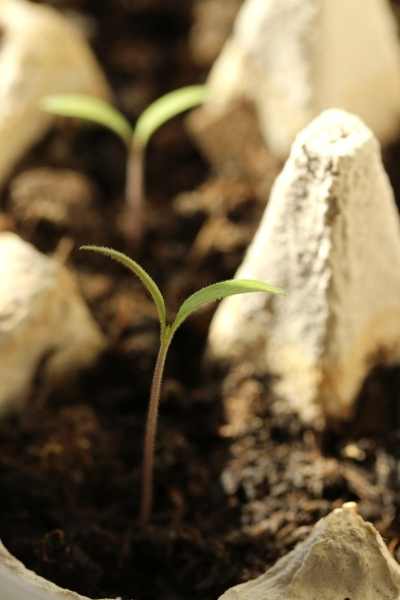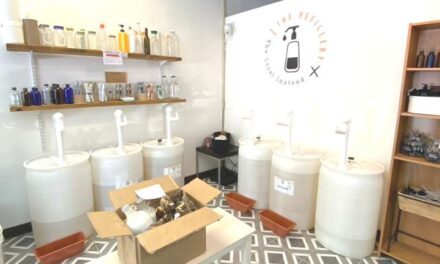Spring is on its way, and it’s a great time to prepare for the growing season! While winter may not have sloughed off its chill yet, there are things you can do now to prepare for a garden filled with abundant fruits and vegetables.
Plan your garden: start small and grow what you love.
Love salsa? Plant a salsa garden of tomatoes, peppers, cilantro, and onions. Prefer Mediterranean flavors? Plant cucumbers, tomatoes, onions, and containers of basil, oregano, thyme, and sage. Whatever you choose to grow, make sure it’s something you’re excited about!
Growing seedlings is fun, exciting, and rewarding. You can use seeds you saved from your garden last year and compost soil from your pile, or you can purchase seeds and dirt from your local garden center, farmer’s market, or sustainable retailer. Reuse plastic and cardboard containers as suitable makeshift greenhouses. Egg cartons can be planted directly into the soil and will disintegrate into the ground as the plant grows.
Once you have your seeds selected, check out your last frost date to determine when to begin sowing your seeds. Enter your zip code at Almanac.com to determine the best time to transplant your seedlings outside. Begin your vegetable seeds 4-5 weeks before the outdoor planting date of your area. You should sow flower seeds 8-10 weeks before transplanting outside.
Prepare for the growing season with these four easy steps:
1. Fill your containers with soil, leaving 1/2 inch of the top of the containers. Use the eraser end of a pencil to make a small hole and drop in two seeds. Cover the seeds with a light layer of soil and sprinkle with warm water. Make sure to check the instructions on your seed packet for the exact amount of dirt required to cover your seeds.
2. Cover your makeshift greenhouse. If using egg cartons, cover with a plastic lid from another container to trap in the moisture and prevent your soil from drying out during germination. Mist or sprinkle your greenhouse with warm water as needed. It is best to maintain a 70-degree temperature inside for germination.
3. Once the seeds have sprouted, remove the plastic covering and move the seedling to a sunny area, preferably a south-facing window. In many instances, an LED shop light or grow light (which you can purchase at your local hardware store or online) will be required to support photosynthesis. Seedlings will need between 10-16 hours of light each day. Plants should be 1-3 inches from the light source. Raise the lights as the plants grow.
4. When there is no danger of frost, acclimate your plants outside by gradually increasing daily exposure to outdoor temperature over two weeks. Begin with one hour the first day, then increase by an hour each day until they are always outside. Ensure that temps outside are at least 40-50 degrees before exposing your plants.
Reliable, Sustainable Seed Companies Worth Exploring:
If you forgot to save your seeds last year or want to try some new varieties, consider purchasing seeds from one of these sustainable companies:












